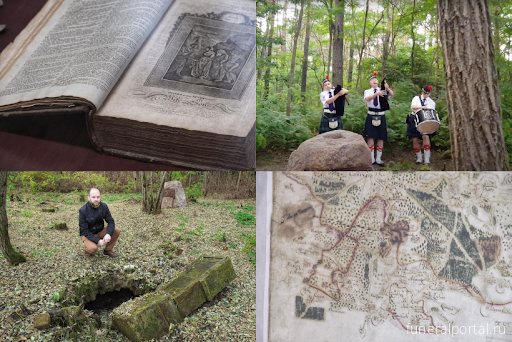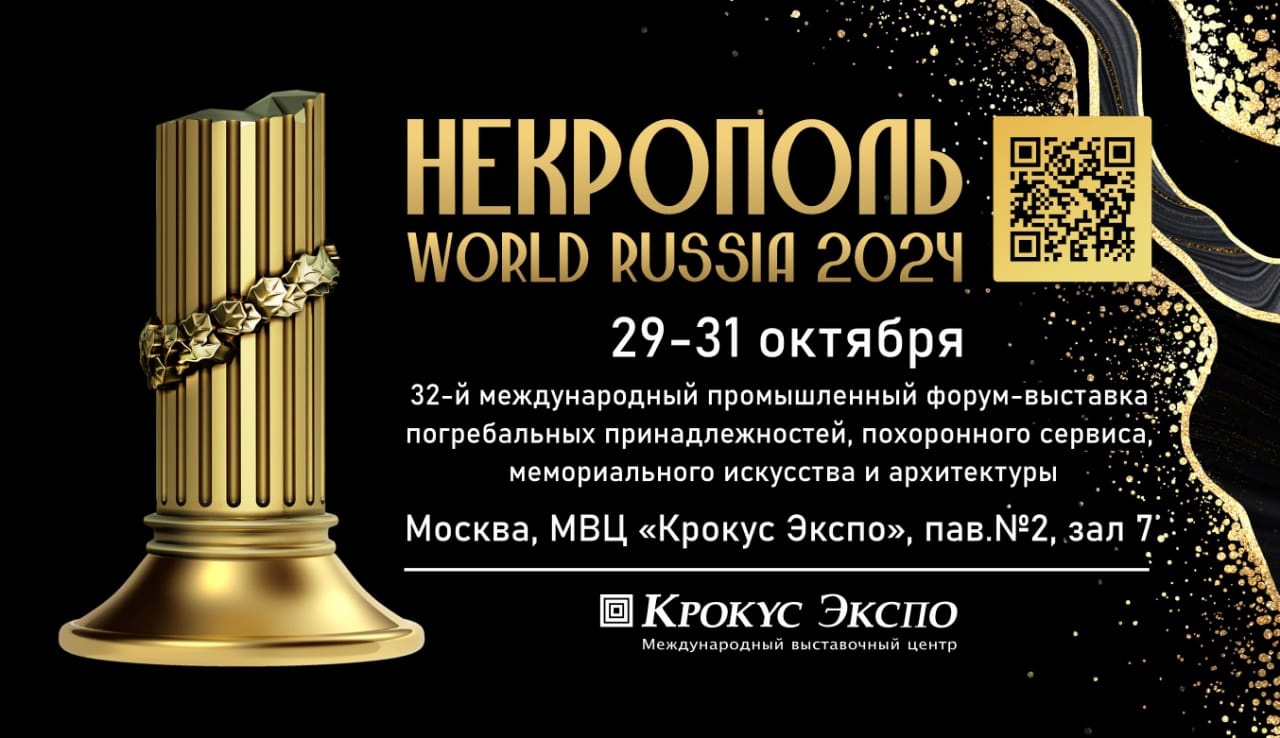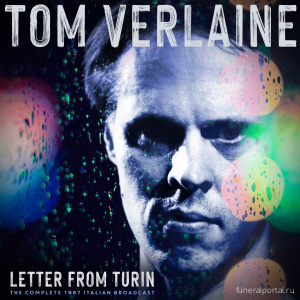BLANKA KONOPKA
A village near Warsaw is rediscovering the history of its 19th century Scottish residents through the restoration of its Scottish cemetery and inauguration of an annual Scottish evening.
Located 53km north-east of the capital, the village of Jadów was the settlement place for a number of Scottish farmers and tradesmen who were invited to move there by nobleman Stanisław Kostka Zamoyski.Impressed by the Scottish people’s modern farming and manufacturing methods on a visit in 1803 he was inspired to create “a settlement of various foreign manufacturers and craftsmen.”
Consequently, between 1815-1821, Scots started moving to Jadów and were given their own folwarki (granges) or farmsteads to manage with a view to helping develop the local farming industry.

Impressed by the Scottish people’s modern farming and manufacturing methods on a visit in 1803, Stanisław Kostka Zamoyski invited a number to Jadów to create “a settlement of various foreign manufacturers and craftsmen.”Public domain
Sources from the time say that the Scottish immigrants were well respected by local peasants and landowners alike and assimilated quickly and easily in their new homeland, showing a particular love for Polish vodka.
According to one: “They like Polish vodka, but they dilute it with beer, water and other liquids.
“An unusual thing about them is that though they dedicate themselves to the worst jobs on their farmsteads, each can read and write and some have their own book collections which they often read.”

Consequently, between 1815-1821, Scots started moving to Jadów and were given their own folwarki (granges) or farmsteads to manage with a view to helping develop the local farming industry.Kalbar/TFN
But although the Scottish settlers to Jadów arrived in the 19th century, Scottish connections in Poland date back to the 14th century, with a peak in the 17th century when it was estimated that 30,000 Scots were living in the Polish-Lithuanian Commonwealth, the most diverse country in Europe at the time.
Many became wealthy and influential merchants, such as Alexander Chalmers, who came to Poland in 1676 and Polonised his surname to Czamer and even became four-time mayor of Warsaw.
Almost a century later, another influential Scot, John Baildon, a pioneer of metallurgy, arrived in Silesia in 1793, then under Prussian rule due to the partitions. While there, he constructed Europe’s first blast furnace fired by coke in Gliwice as well as the first iron bridge in continental Europe in the village of Łażany in Lower Silesia. He died in 1804 and is buried at the metallurgical cemetery in Gliwice.

Sources from the time say that the Scottish immigrants were well respected by local peasants and landowners alike and assimilated quickly and easily in their new homeland, showing a particular love for Polish vodka.Kalbar/TFN
Large Scottish communities were also known to be active in the major cities of Kraków, Lublin and Gdańsk.
In Jadów, with the defeat of the Polish forces by Russian forces in the January Uprising of 1863-64, the conditions for the Scots deteriorated and many moved on, leaving few traces behind apart from a small cemetery, which lay abandoned for many years, before being rediscovered anew last year by Marek Suchocki from the Regional Muzeum of Jadów.
Suchocki, who alongside his brother and a dedicated group of a dozen enthusiasts established the Jadów historical society in June 2020, quickly began taking an interest in the restoration of the village’s Scottish cemetery, writing letters to the regional conservator of monuments and Polish State Forests for permission to clean up the site, which lies in a forested area next to a small road.

With the defeat of the Polish forces by Russian forces in the January Uprising of 1863-64, the conditions for the Scots deteriorated and many moved on, leaving few traces behind apart from a small cemetery, which lay abandoned for many years, before being rediscovered anew last year by Marek Suchocki from the Regional Muzeum of Jadów.Kalbar/TFN
Having received permission, the group embarked on the hard physical work of clearing the area, which was densely overgrown, with the help of student volunteers from a local high school. In the process, they managed to establish the borders of the small cemetery, and uncover a second, fallen gravestone, which had not been visible.
The two graves belong to Walter Govenlock, who died in 1881 at the age of 86 and Catherine Hay, who died at the age of 40 in 1873, with her gravestone being written in both Polish and English.
The society also put the cemetery on the map by installing an information board for future tourists to the site and created a section in the Regional Muzeum of Jadów to tell the history of the Scottish settlers.

Kalbar/TFN

Two graves belong to Walter Govenlock, who died in 1881 at the age of 86 and Catherine Hay, who died at the age of 40 in 1873, with her gravestone being written in both Polish and English.Kalbar/TFN
On the 24th of July 2021, Suchocki greeted visitors to the village’s first Scottish evening, which gathered by the newly cleared and signposted cemetery, including the presence of a group of bagpipers from Częstochowa who played Auld Lang Syne in traditional Scottish dress, and an Anglican chaplain led a prayer, before celebrations continued on the village green.
Guests included the Vice-President of Poland’s St Andrews Foundation, which helped to co-organise cultural events on the Jadów village green, the Consul General to Edinburgh, members of the Jadów historical society and representatives of academic circles, including from Warsaw.
Suchocki told TFN: “This was the first ever Scottish evening in Jadów. People in Jadów are only really now starting to find out about the village’s Scottish connections after we started talking about the cemetery more publicly.
“We definitely plan to make this a cyclical event every year and expand it with more explorations of Scottish culture and traditions like whisky and haggis tasting.”
With the cemetery soon to be added to the regional register of monuments, Suchocki is now presiding over an application to carry out restoration works to the headstones, which would include raising and securing Catherine Hay’s headstone, which is currently on its side, reconstructing crosses and having the headstones professionally cleaned and sanitised.
Professor Anna Czyż from the Institute of History of Art at the Cardinal Stefan Wyszyński University in Warsaw, who works on the process of conserving cemeteries, found out about the Scottish cemetery in Jadów by accident after she was contacted by the conservator of monuments.
She told TFN: “It was really surprising to learn that a cemetery of Scottish settlers existed. We still know very little about it, although we know if was built before 1850 and the headstones are typical for this time, one is in the form of a stone mound and the other an earth mound crowned with a stone cross.

On the 24th of July 2021, Suchocki greeted visitors to the village’s first Scottish evening, which gathered by the newly cleared and signposted cemetery, including the presence of a group of bagpipers from Częstochowa who played Auld Lang Syne in traditional Scottish dress, and an Anglican chaplain led a prayer, before celebrations continued on the village green.Muzeum Regionu Jadów
“We need to conduct a further archaeological examination of the site to determine if there were more graves and I am in the process of helping to find an archaeologist to conduct a non-invasive excavation.”
Suchocki and the Jadów historical society team are also continuing their archival and genealogy work to try to track down relatives of Walter and Catherine, as only one, Jacek Govenlock, who is Walter’s great, great, great great uncle, has so far been found.
Govenlock told TFN: “I only found out about Walter’s grave in Jadów about a month ago when Marek Suchocki contacted me. I knew about our Scottish family heritage, but not where his grave was located. I went to visit it of course.
“Our family Polonised very quickly so unfortunately not even my father cultivated any Scottish traditions, but I think it’s absolutely phenomenal what Marek is doing and I will definitely take part in Jadów’s Scottish evening every year.”

Polish Village Rediscovering Its Long-Forgotten 19th-Century Scottish Heritage
http://warsawpoint.com/news/22975-polish-village-rediscovering-its-long-forgotten-19th-century-scott...
Szkocki wieczór w Jadowie - cmentarz szkockich osadników - https://youtu.be/mOM-jn1liH8








